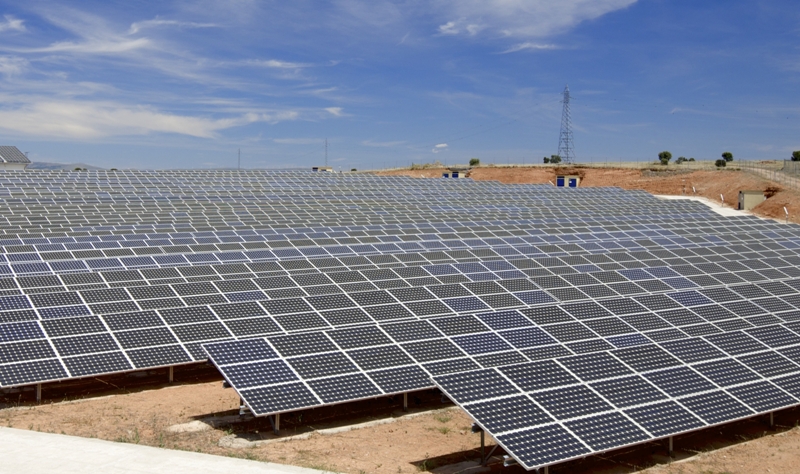When oil crossed $100/barrel in 2006, I championed mixing ethanol with petrol. Back-of-the-envelope calculations suggested that ethanol, which has 60% of the calorific value of petrol, was competitive at a crude oil price of $70/barrel. So, mixing ethanol with petrol made eminent sense at the time. But does this make sense today, when oil is barely $26/barrel?
India produces ethanol from molasses, a byproduct of sugar. The sugar industry is riddled with controls, including controls on the production and price of molasses. Ethanol distilled from molasses is used by two major industries, liquor and alcohol-based chemicals. Chemicals yield the maximum value addition, while liquor yields huge tax revenue. Burning ethanol as fuel has neither of these advantages.
The government in 2001 mandated, as an import-substitution effort, that all petrol should contain 5% ethanol in selected states. The price of oil soared after 2004, but the government funked raising petrol prices commensurately for fear of a public backlash, and so oil marketing companies suffered huge losses on petrol. It was irrational to subsidize an expensive impoImage rted item this way, but was politically convenient. So, the 5% ethanol mandate was extended to all states in 2006, partly to reduce losses on petrol sales.
But implementation proved impossible. State governments levied several taxes and controls on the production, price and movement of molasses. Sugar mills complained that tendering processes were full of glitches, and that the ethanol price proposed was unviable. Little ethanol was procured: the average ethanol content of petrol was below 2%, and in some states it was zero.
The new BJP government in 2014 had to tackle huge sugar industry losses, flowing from ridiculously high cane prices arbitrarily fixed by states. The mills were forced to keep crushing cane by the state governments, but lacked cash to pay farmers, so thousands of crores of cane arrears piled up. The BJP came out with a rescue package for the industry. This included a price rise for ethanol for blending to a remunerative Rs 48.50/litre. The sugar industry was allowed to change its product mix to produce more molasses and less sugar, improving profitability. The increased molasses production was supposed to spur an increase in the alcohol content of petrol to 10% in the short run, and 20% in the long run.
Some greens favour biofuels to reduce carbon emissions. But Indian ethanol policy has actually been driven by non-green considerations like saving foreign exchange, subsidizing petrol, reducing oil company and sugar mill losses, and paying cane arrears of farmers.
Today, the wholesale price of untaxed petrol in the US is just 97 cents per US gallon. This translates into just Rs 19/litre, against the Rs 48.50/litre being offered for ethanol. Given the lower calorific value of ethanol, India is using ethanol worth Rs 73 to replace Rs 19 worth of petrol! That is crazy. If we take taxes on ethanol into account, the differential falls, but is still huge. In the US, ethanol costs twice as much per BTU as petrol.
Ethanol is not a fundamentally cleaner fuel. In Sao Paulo, Brazil, when cars shifted from ethanol to petrol, emissions of ozone — a smog creator — fell from 68 to 53 micrograms/cu.m. However, emissions of NOX (another smog creator) increased. On balance, there was no clear evidence that ethanol was cleaner or reduced urban pollution.
Producing ethanol is an energy-intensive industrial process. A Cornell University study suggests that it takes 129,000 BTU of energy to produce one US gallon of ethanol, which has an energy value of only 76,000 BTU. Besides, using scarce land to grow biofuels creates a shortage of other crops, raising food prices. For these reasons, some green groups have now turned against ethanol.
Petroleum minister Dharmendra Pradhan says the ethanol policy must be based on long-term prospects, not the current low price of petrol. Very true. But if ethanol today costs two to four times as much per BTU as global petrol, even the long run case for blending is dubious. Besides, ethanol is a very inefficient form of renewable energy. Only 7% of sunlight is converted by photosynthesis into cane, barely one-tenth of cane is converted to sugar, and a fraction of that into ethanol. By contrast, putting up solar farms instead of cane farms will convert 15-20% of sunlight into electrical energy. Sugarcane is a terrible crop from a green viewpoint: it guzzles scarce water, and requires large amounts of fertilizers and pesticides. Solar panels have no such drawbacks.
In sum, solar panels and electric vehicles will harness the sun infinitely better than biofuels. That, Mr Pradhan, is the correct long-term energy path for India, not a 10% or 20% ethanol mandate.


